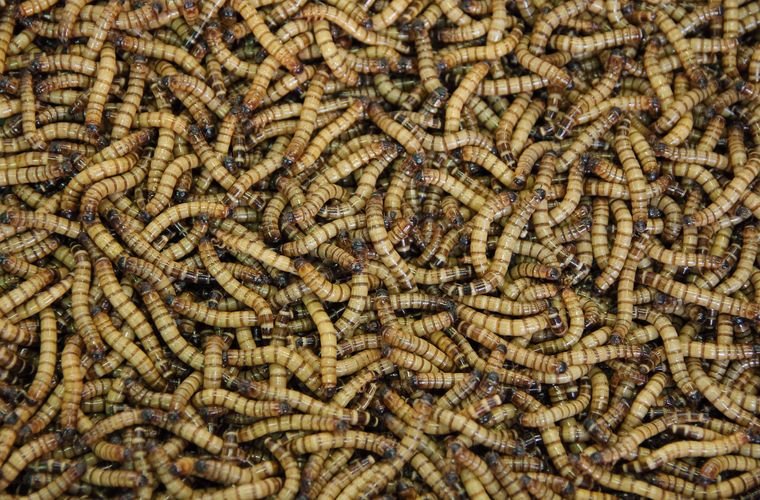From Styrofoam packages to saran wrap to toys and dental wear, much of our daily lives involve plastics. The plastic itself is extremely cheap to produce, which is why it seems ubiquitous; but because it does not break down easily, it has become a major pollutant in waterways, oceans, and soils. In short, the Earth has a plastic problem.
Many researchers are currently looking for novel ways to break down plastics and help alleviate this problem. Now, a recent study conducted by the University of Queensland has suggested a possible solution in the form of plastic-eating superworms.
Background: The Rise of Superworms
In the study, the researchers employed the worm Zophobas morio, also known as the superworm, which was found to be able to eat polystyrene (Styrofoam) plastic and break it down in an earlier 2016 study. Other studies compared these worms to others and found that the Zophobas morio could break down more plastics over a longer period of time. The scientists at the University of Queensland wanted to understand why this was possible.
Analysis: Super Worms and Their Guts
To better understand how these worms survive on a diet of plastic, the researchers feed the superworms different diets over a three-week period. The diets contained some polystyrene foam, some bran, and some fasting. According to the lead researcher Dr. Christopher Rinke, “We found the superworms fed a diet of just polystyrene not only survived, but even had marginal weight gains. This suggests the worms can derive energy from the polystyrene, most likely with the help of their gut microbes.”
Like worms in a compost pile, these superworms use their incredible gut microbes to break plastic down into bioplastics, or plastic made from biodegradable components. “Supermoms are like mini recycling plants,” added Dr. Rinke, “shredding the polystyrene with their mouths and then feeding it to the bacteria in their gut.” The researchers hoped that, from the results of their study, others could farm these worms to be recycling centers for helping to reduce Earth’s many plastic piles.
Outlook: Plastic to Bioplastic
Experts have predicted that more than 1.3 billion tons of plastic will be dumped in Earth’s oceans and landfills by 2040. Already both the Atlantic and Pacific oceans have large islands of plastic swirling in their waters. Not only will this plastic not break down, but it can choke and kill ocean life mistaking it for food. Plastics have even made it into the human body, as recent research shows microplastics (tiny plastic particles) in the human bloodstream and organs.
The time is now for a solution to Earth’s major plastic problem, and that potential solution could well involve the help of these plastic-consuming superworms. With their gut microbes, these worms could transform plastic into something made with biodegradable components, allowing the Earth to recycle it. Going forward, the researchers at the University of Queensland hope to bring their solution to the public so anyone can use it.
“Our team is very excited to push the science to make it happen,” Dr. Rinke says.
Kenna Hughes-Castleberry is a staff writer at the Debrief and the Science Communicator at JILA (a partnership between the University of Colorado Boulder and NIST). She focuses on deep tech, the metaverse, and quantum technology. You can find more of her work at her website: https://kennacastleberry.com/

